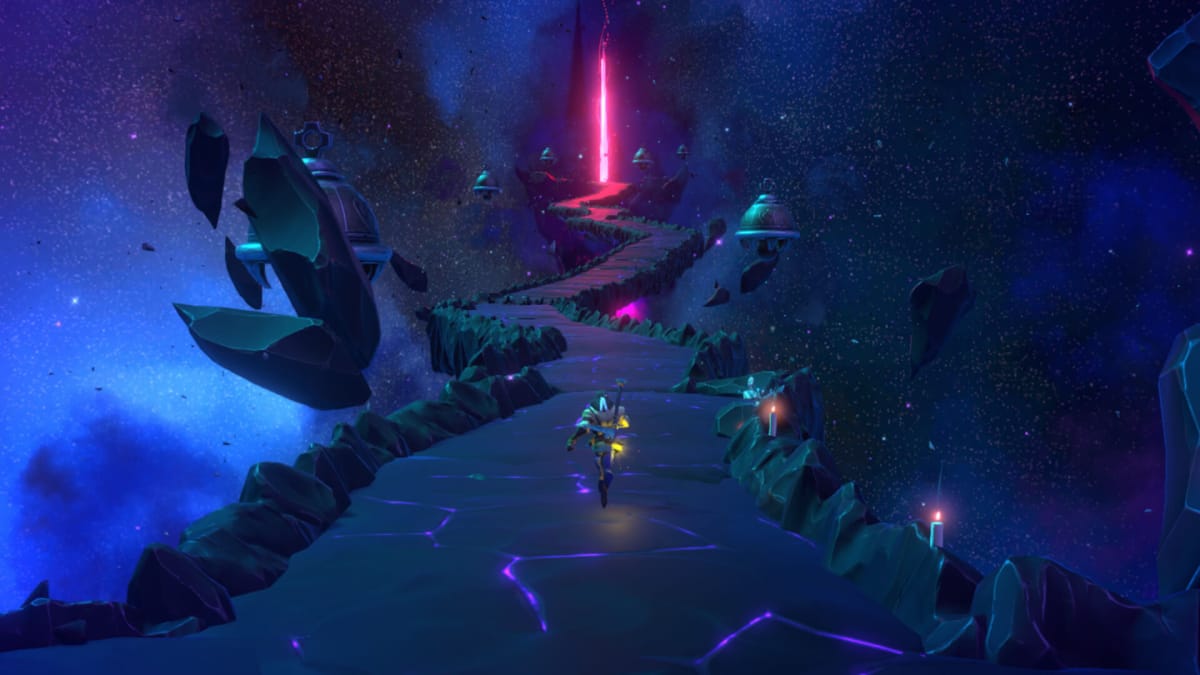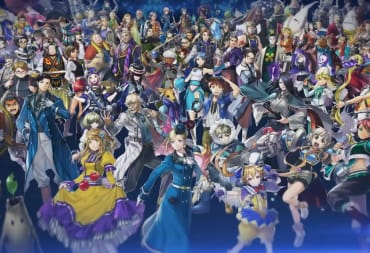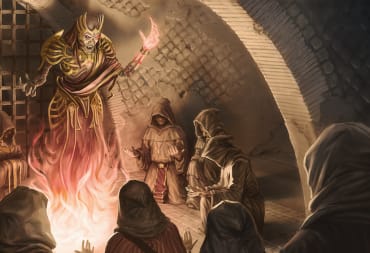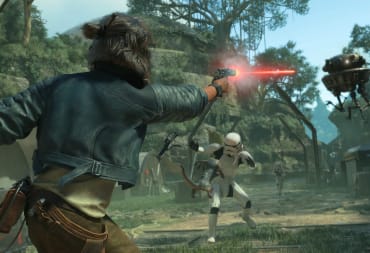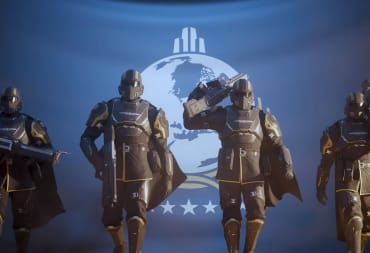There's been a lack of variety in video games adapted from classic literature recently. There are only so many times the tentacles of Lovecraft can satiate the needs of the gaming equivalent of a fireside read, but where do you go from there? Edgar Allen Poe's "The Raven" in QTE format? Luckily, Black Cube Games have pointed in the right direction with The Tale of Bistun.
This is the debut game from the Dutch-based studio, which is a re-telling of the 12th-century poem "Khosrow and Shirin", written by Persian poet Nizami Ganjavi. While the original focuses on the titular pairing of King Khosrow II and Princess Shirin, The Tale of Bistun instead trains its sights on the relationship Shirin has with the sculptor Farhad, who is the main character here. Splashed in with a few fantastical elements, Farhad has to save Shirin and the world from a corrupted blight, with the help of the Persian goddess Anahita, and the magical sentient tree All-Seeds.
What's immediately noticeable about The Tale of Bistun is how progress is always visible, thanks to the hub world that slowly grows between levels. The game showcases a linear path through its missions and stories, almost to an aggressive fault. Between a narrator that softly kneads each plot-critical element into the player before continuing the story, and a rigorous lock-step pattern of mission layouts, the game seeks to pacify anyone who is looking for a more daring adventure.
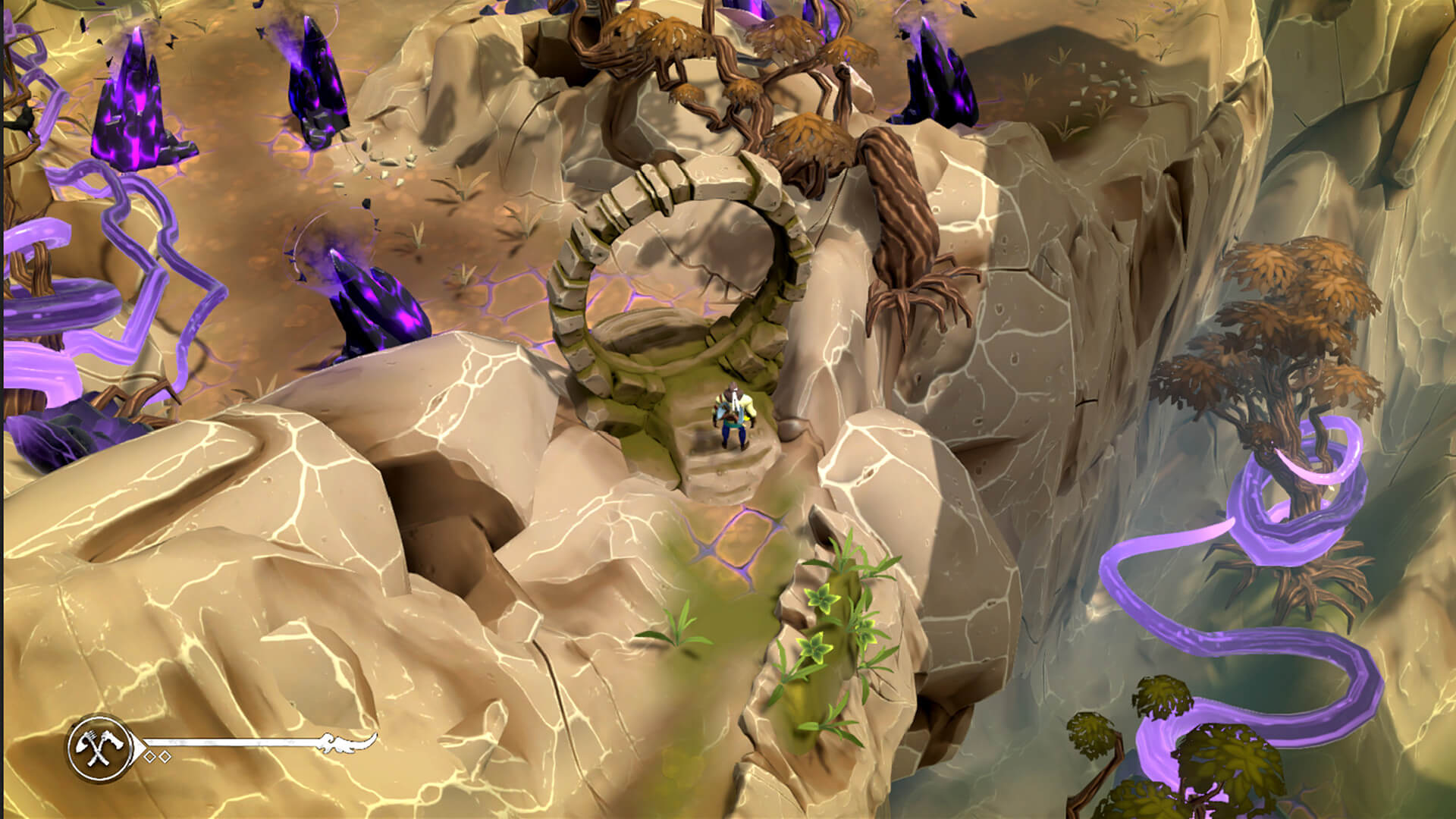
Is that a bad thing? Well, that depends on if you're the type of player that The Tale of Bistun wants to court with tragic romances taking center stage instead of titans fighting over ownership of the world. It's a literal storybook presentation, with very little getting in the way of that, the closest comparison being the similarly structured Raji: An Ancient Epic.
While mission-critical items and upgrades will be signposted quite heavily throughout your adventure, occasionally you can stray off the beaten path for a collectible. Whether it's stone tablet text logs, statues to sculpt, or inscriptions to carve, there's a small handful on each level for you to collect for the hub areas.
Inside the missions, areas will have a fairly straight line of story moment interspersed with various arenas you need to go through and cleanse before you're allowed to continue. The cleansing battles that take place do initially highlight the combat's weightiness, despite some unbelievably lacking variety at first. You'll be getting a meek offering of weapons to choose from as time goes by, and the enemies can only evolve so far as "brute force" to "brute force with shields".
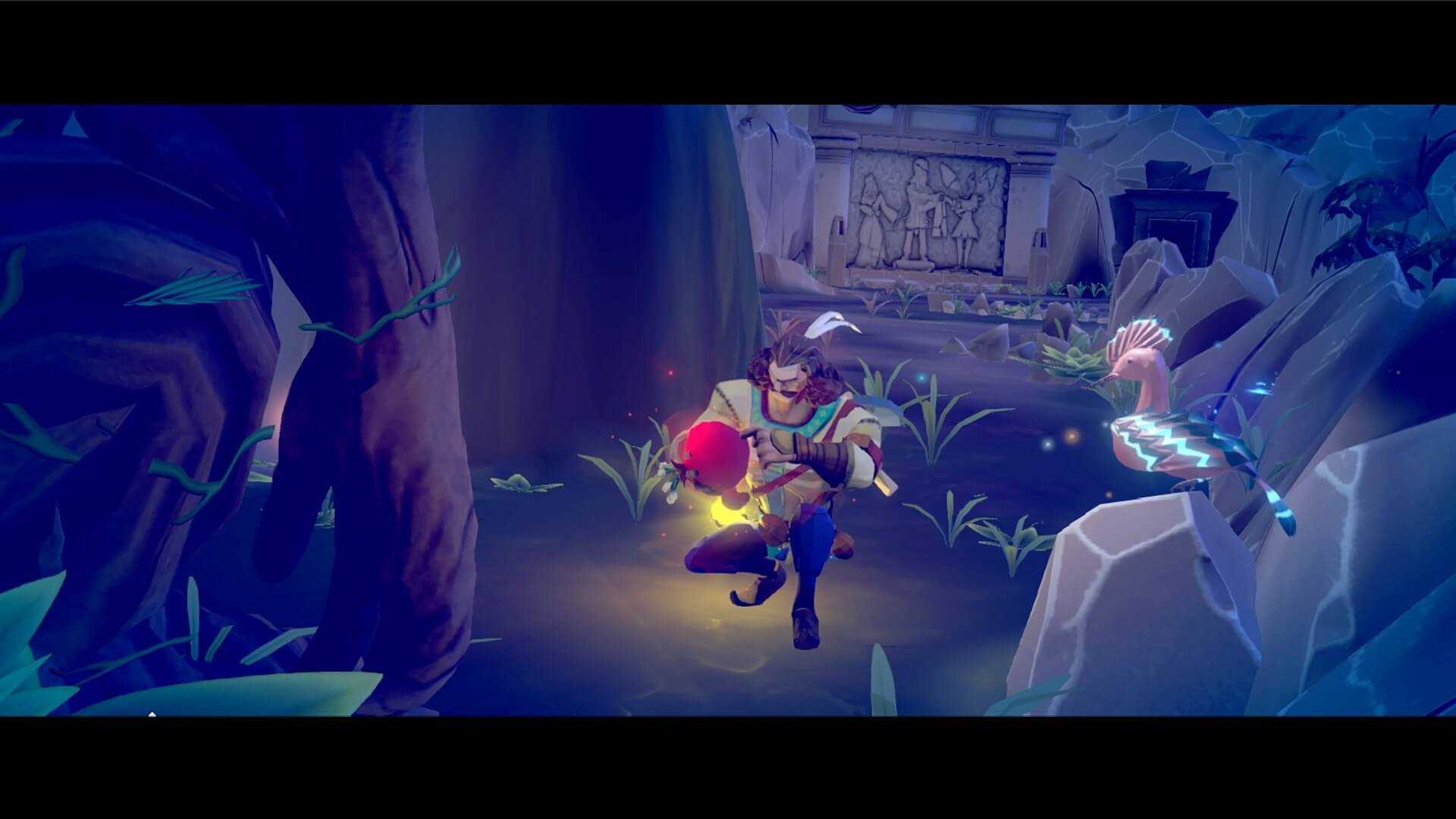
What's interesting to note is how it becomes less focused as it evolves over time. At first, you're armed with two hatchets that Farhad uses to sculpt, and the animations and timing are fine. From there, you're given a pickaxe, which seems to deal the same damage, albeit slightly slower, before granting you a third weapon for the final boss fight, with no time to acclimate in a game of Simon Says and minor monsters padding the length.
There's no real strategy to exercise throughout the entire adventure, constantly smashing the attack button until everything stops moving or being stun-locked. One of The Tale of Bistun's only responses to adding flavour in arena fights is by adding ranged monsters, one of which has a heat-seeking projectile that will chase you for a short while. While Farhad has invincibility frames while dodge rolling, you don't actually absorb the projectile, and the travel of dodge roll isn't very far, so there's a good chance you'll still get hit in the recovery.
It's all just so uninvolving, both from the player's perspective and the writing itself. It frequently meanders between characterization, and commentaries on the game's mechanics, like an awkward meshing between The Stanley Parable and Bastion. Farhad himself barely gets a chance to shine due to just how little the game has to offer.
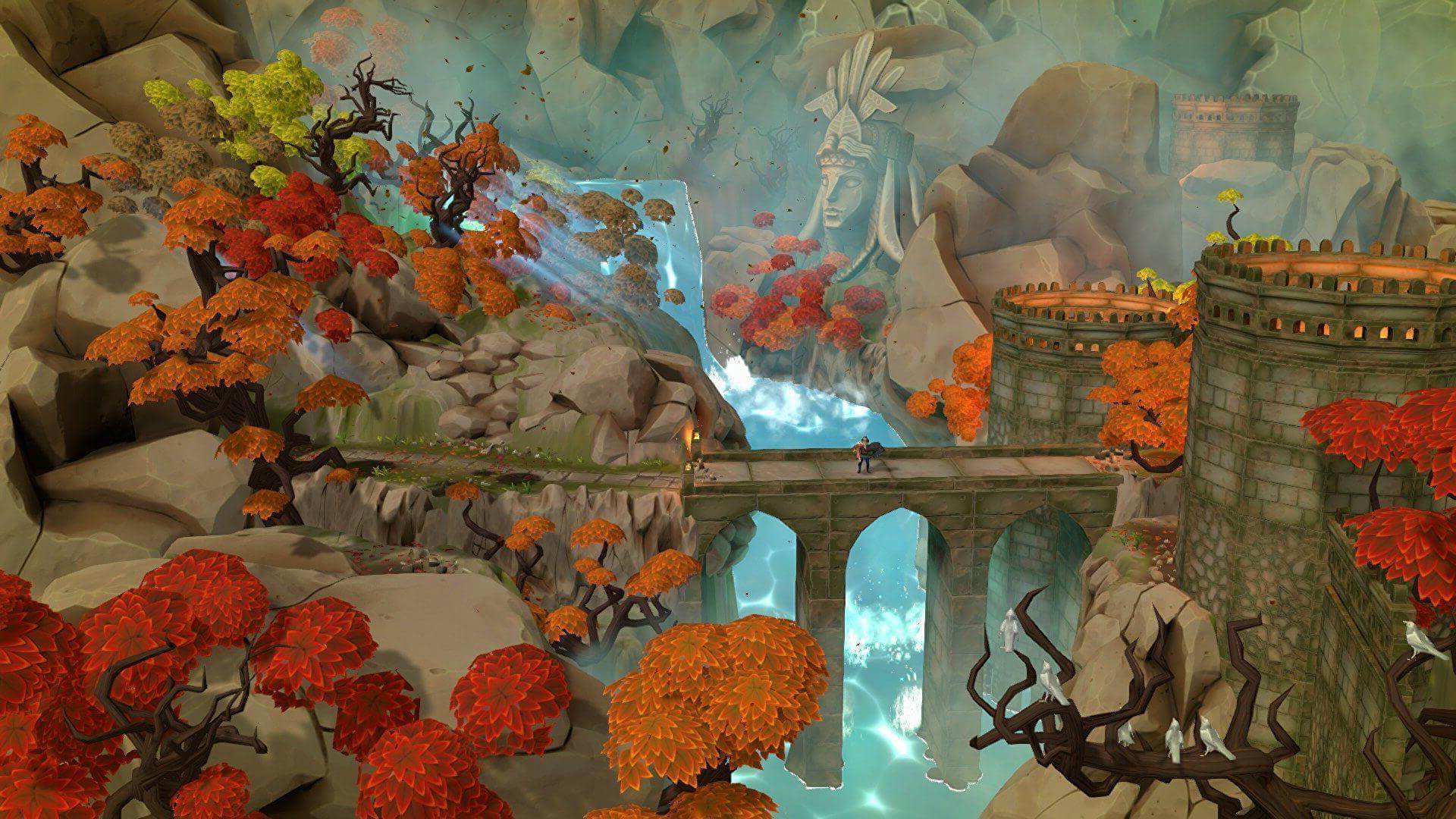
Even the potential educational aspect a game like The Tale of Bistun can provide is thrown to the side for unknown reasons. There's a vague glimpse into the Persian culture, like the goddess Anahita providing Farhad with help in his adventure to save Shirin, but the mention of Khosrow is less than a footnote, failing to mention anything like the Sassanid Empire, which Khosrow ruled.
That's the most disappointing thing about The Tale of Bistun, along with the technically lacking aspects of it. The game is quite prone to several crashes (Something which Black Cube Games are aware of and fixing), but its checkpoint system does not actually save progress. Say if a crash were to happen midway through a level, then any collectibles you acquire will have to be found again.
It's a small niggle that soon turns into a nightmare, as some levels have several points of no return, for no particular reason. It's not like they're traps that lead you directly into a combat arena, as fights are always telegraphed beforehand, and there's no place to stockpile resources like health, which always returns to full after an arena is beaten. There are no traps, no environmental hazards, just boring fights.
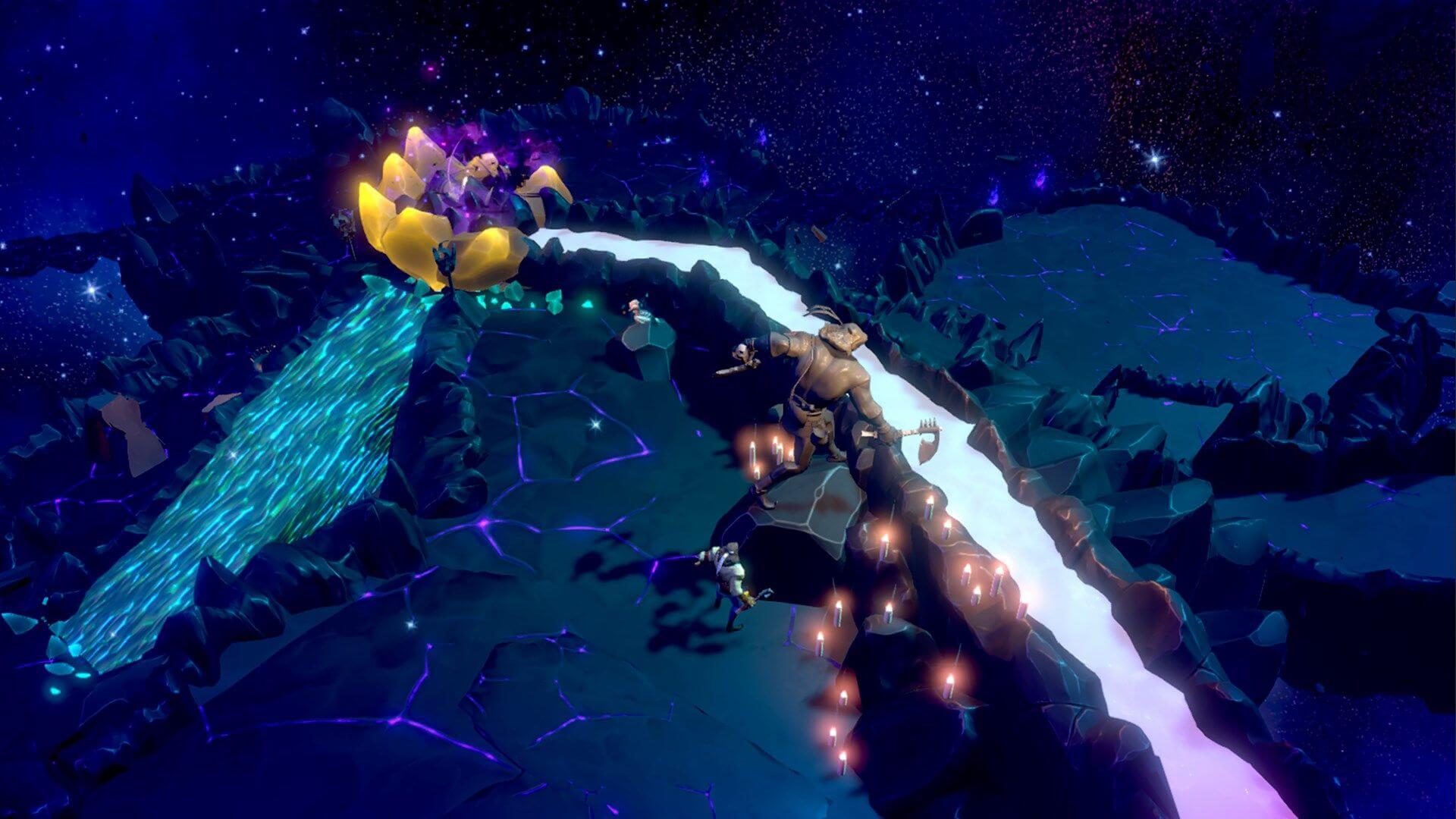
The Tale of Bistun Review | Final Thoughts
It’s devastating to see all the goodwill and hope drain from The Tale of Bistun as time goes on. While it’s paced appropriately, with enough story laid out for the player to feel like the 5-6 hour campaign is worth it, there’s not a lot to glean from the experience. It’s not enough of an educational resource about Persian culture, it’s not a decent retelling of the original poem, and there’s not enough of a polished core in the combat mechanics. As it stands, there’s a page missing.
TechRaptor reviewed The Tale of Bistun on Xbox Series X using a copy provided by the publisher. The game is also available on Xbox One and PC.
Review Summary
Pros
- Initially Weighted Combat
- Visually Appealing
Cons
- Combat Soon Becomes Messy and Unfocused
- Story Loses Agency Over Time
- Level Design Hosts Pointless Qualities
Have a tip, or want to point out something we missed? Leave a Comment or e-mail us at tips@techraptor.net
